Who Invented the Paramotor? The History of Powered Paragliding
30 November 2023 | Updated on November 05, 2024 | 0 comments
The paramotor, a fascinating blend of simplicity and adventure in the world of aviation, has captured the imagination of thrill-seekers and flying enthusiasts alike. This article delves into the origins of the paramotor, tracing its evolution from a daring concept to a popular sport. We explore the key figures and milestones that have shaped its history, offering insights into how this unique form of flight came to be.
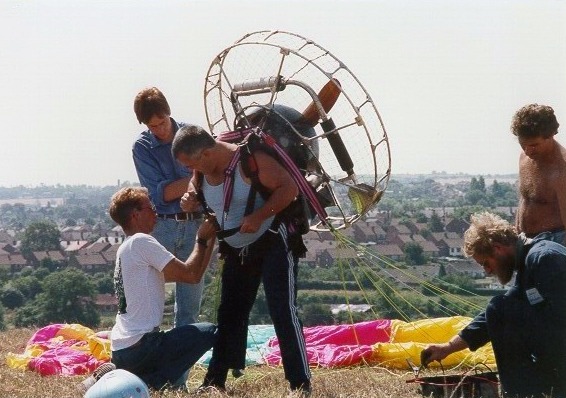

Early Beginnings and Conceptualization
The story of the paramotor begins in the 1970s, a period marked by significant advancements in aviation and a growing interest in personal flight. During this era, the world of parachuting was undergoing a transformation. Traditional round parachutes, primarily used for safety and military purposes, were gradually giving way to paragliders. These new, wing-like designs offered greater control and maneuverability, sparking a revolution in the sky.
Paragliding, initially, was heavily reliant on natural elevations for takeoff. Pilots needed hills or mountains to launch, limiting where and when they could fly. This dependence on terrain posed a challenge: how could enthusiasts enjoy the freedom of flight in areas without these natural launch points?
The answer lay in the development of an independent launch system, a mechanism that could propel a paraglider into the air from flat ground. This quest for autonomy in flight led to the conceptualization of the paramotor. It was envisioned as a simple, lightweight engine that could be attached to a paraglider, providing the necessary thrust for takeoff and sustained flight, regardless of the landscape.
This period of experimentation and innovation set the stage for the creation of the first paramotor. It was a time of trial and error, with various designs and concepts being tested. The goal was clear: to create a flying apparatus that was easy to use, safe, and capable of opening up the skies to more people than ever before.
The early beginnings of the paramotor were marked by a spirit of adventure and a desire to push the boundaries of personal flight. This spirit would soon lead to the creation of the first functional paramotor, a milestone that would forever change the landscape of recreational aviation.
Mike Byrne: The Pioneer


The journey from concept to reality in the world of paramotoring is closely tied to the ingenuity and efforts of Mike Byrne, a key figure in the invention of the paramotor. Byrne, an inventive mind with a passion for flight, played a pivotal role in turning the dream of powered paragliding into a tangible reality.
In the early 1980s, Mike Byrne, based in the UK, embarked on a mission to create a self-contained flying unit that could be used with a paraglider. His vision was to design a motor that was not only powerful enough to lift a pilot into the air but also light and compact enough to maintain the agility and freedom of paragliding. After a series of designs and experiments, Byrne successfully developed the first paramotor.
This initial model was a groundbreaking invention. It featured a basic frame that housed the engine and propeller, along with a harness that attached to the pilot and the paraglider wing. The design was simple yet effective, providing the necessary thrust for takeoff from flat ground and sustained flight.
Byrne’s creation was not just a technical achievement; it was the birth of a new sport. His paramotor opened up new possibilities for flying enthusiasts, allowing them to take to the skies from virtually anywhere. The significance of this invention was profound, as it democratized the skies, making flight more accessible to a broader audience.
The development and testing of Byrne’s design were crucial steps in refining the paramotor. These early models laid the foundation for future advancements and set the standard for what a paramotor should be: a lightweight, efficient, and versatile flying machine.
Mike Byrne’s contribution to the world of aviation cannot be overstated. His invention of the paramotor was a key milestone in the history of flight, paving the way for the sport’s growth and evolution. His legacy lives on in the skies, where paramotors continue to offer an unparalleled sense of freedom and adventure.
The French Influence and Commercialization
The development of the paramotor was significantly advanced by contributions from France, particularly by the aerospace company La Mouette. In the years following Mike Byrne’s initial invention, La Mouette played a pivotal role in refining the design and bringing paramotors to a broader market.
La Mouette’s Role in Paramotor Development
La Mouette, already established in the world of hang-gliding, recognized the potential of the paramotor. They began experimenting with their designs, focusing on improving safety, reliability, and performance. Their work led to the creation of more sophisticated models, which included features like better harness systems, improved propeller designs, and more efficient engines. These enhancements were crucial in making paramotors more user-friendly and appealing to a wider audience.
Commercialization and Spread of Paramotoring
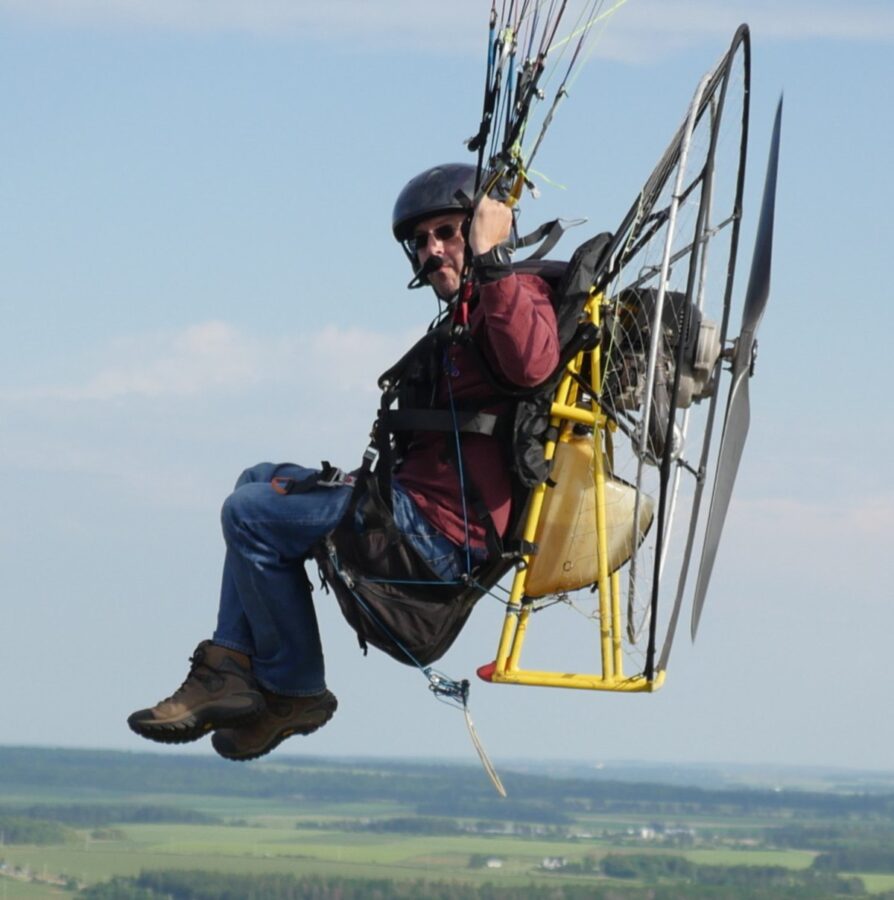

Photo by Jeff Goin
The involvement of La Mouette marked the beginning of the commercialization of paramotors. They were among the first to manufacture and sell paramotors on a larger scale, making this new form of aviation accessible to more people. Their models set the standard for what a commercial paramotor should be, combining safety, efficiency, and ease of use.
The commercial availability of paramotors led to a rapid spread of the sport. Enthusiasts from all over the world began to take up paramotoring, drawn by the allure of its simplicity and the freedom it offered. This period saw a significant growth in the paramotoring community, with clubs and organizations forming to support the burgeoning sport.
The French Contribution to Paramotoring Culture
The French influence extended beyond the technical aspects of the paramotor. France became a hub for paramotoring culture, hosting events and competitions that brought together pilots from around the globe. These gatherings were not just about showcasing skills and technology; they were celebrations of the spirit of paramotoring, emphasizing the joy and camaraderie found in this unique form of flight.
In summary, the French contribution, particularly by La Mouette, was instrumental in the evolution of the paramotor. Their efforts in refining the design and making paramotors commercially available played a key role in transforming paramotoring from a niche invention to a globally recognized sport. This period marked a significant chapter in the history of paramotoring, one that laid the groundwork for its future growth and popularity.
Technological Advancements and Design Evolution
As paramotoring gained popularity, the technology and design of paramotors continued to evolve, driven by a constant pursuit of better performance, safety, and user experience. This evolution has been marked by significant advancements in both engine and wing design, shaping the modern paramotor into a more efficient and safer flying machine.
Improvements in Engine and Wing Design
The engines used in early paramotors were relatively basic and often repurposed from other equipment. However, as the sport grew, the demand for more specialized and efficient engines led to significant developments. Modern paramotor engines are not only more powerful but also lighter and more reliable. They offer better fuel efficiency, which extends the range of the paramotor, and are designed to minimize vibrations, making the flight experience more comfortable.
The design of the wings, too, has seen remarkable progress. Early wings were adapted from paragliding and were not optimized for motorized flight. Today’s paramotor wings are the result of extensive research and development, offering better lift, stability, and control. They are tailored to different skill levels and flying styles, from beginner-friendly models that prioritize safety and ease of use, to advanced wings that allow for high-speed flight and acrobatic maneuvers.
The Shift to More Efficient and Safer Models
Safety has been a key driver in the design evolution of paramotors. Innovations such as emergency parachute systems, more secure harnesses, and improved structural integrity of the frames have significantly increased the safety of the sport. Additionally, advancements in electronic instrumentation have provided pilots with better flight data, aiding in navigation and flight management.
Impact on the Sport’s Popularity
These technological advancements have not only made paramotoring safer but also more accessible. The ease of use of modern paramotors has lowered the entry barrier for new pilots, contributing to the sport’s growing popularity. Moreover, the enhanced performance capabilities of these machines have opened up new possibilities in flight, attracting a diverse range of enthusiasts to the sport.
In conclusion, the technological advancements and design evolution of paramotors have been instrumental in shaping the sport as we know it today. These developments have made paramotoring more accessible, safer, and more enjoyable, contributing to its status as a beloved form of adventure aviation. As technology continues to advance, the future of paramotoring looks even more promising, with potential for further innovations and breakthroughs.
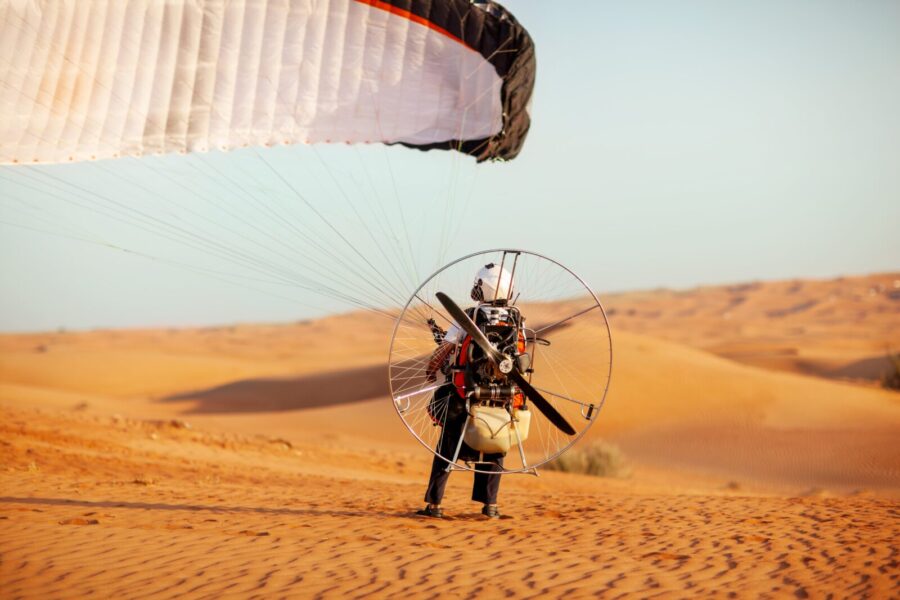









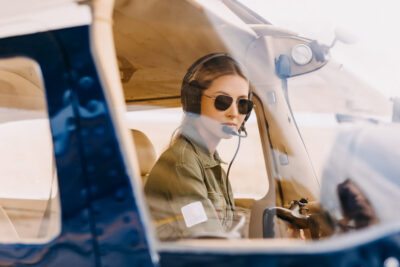











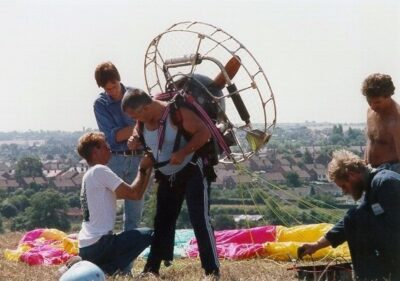


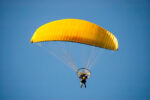

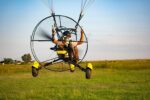

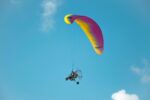

No comments posted yet
Comments are moderated for relevance and respectfulness.
Please keep the discussion focused on the topic of the article.